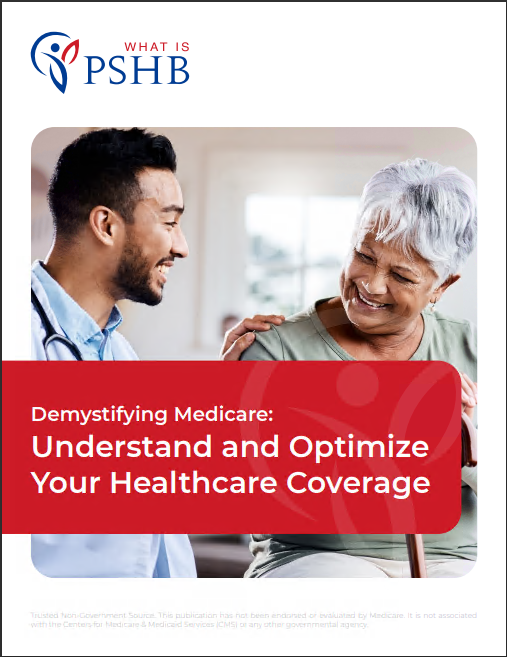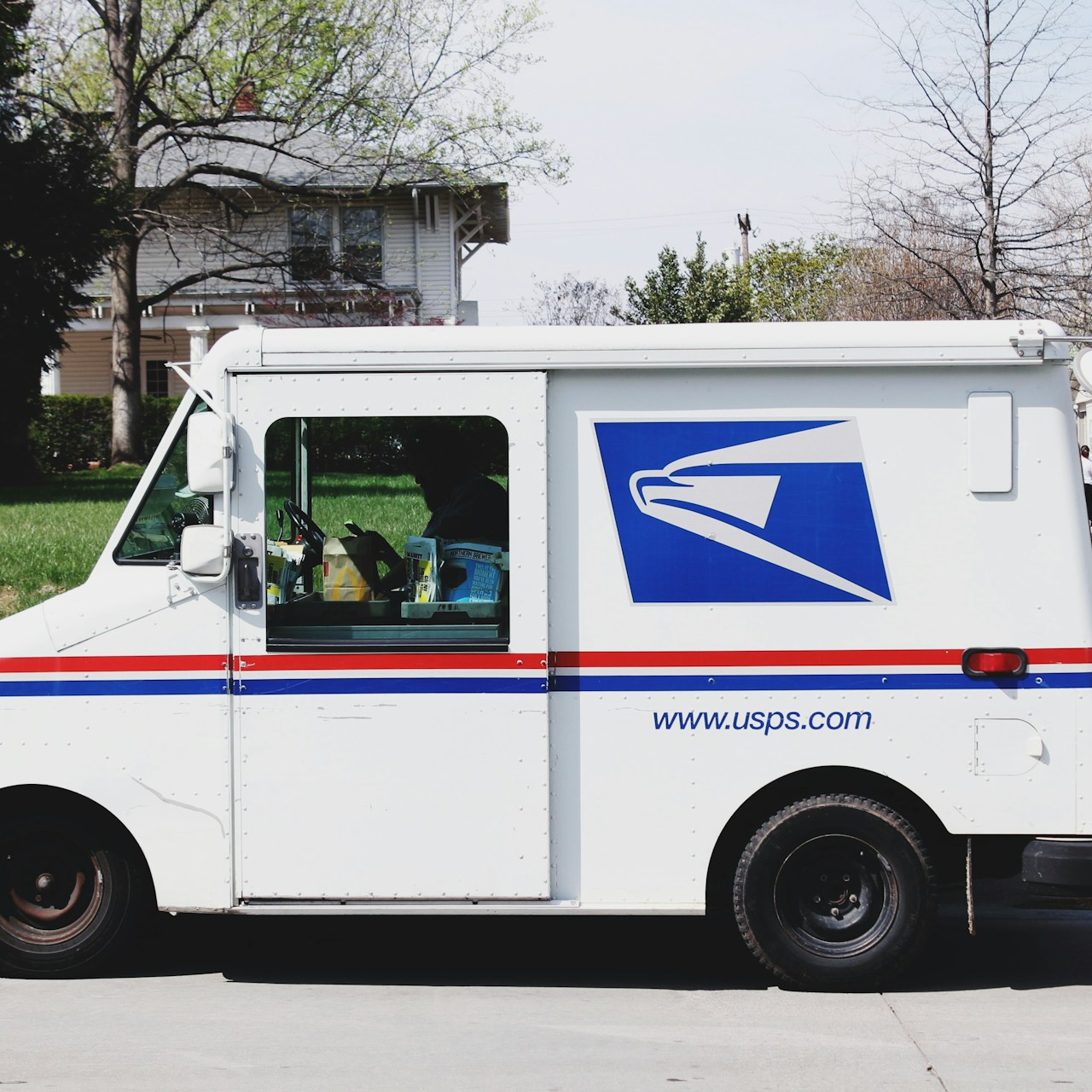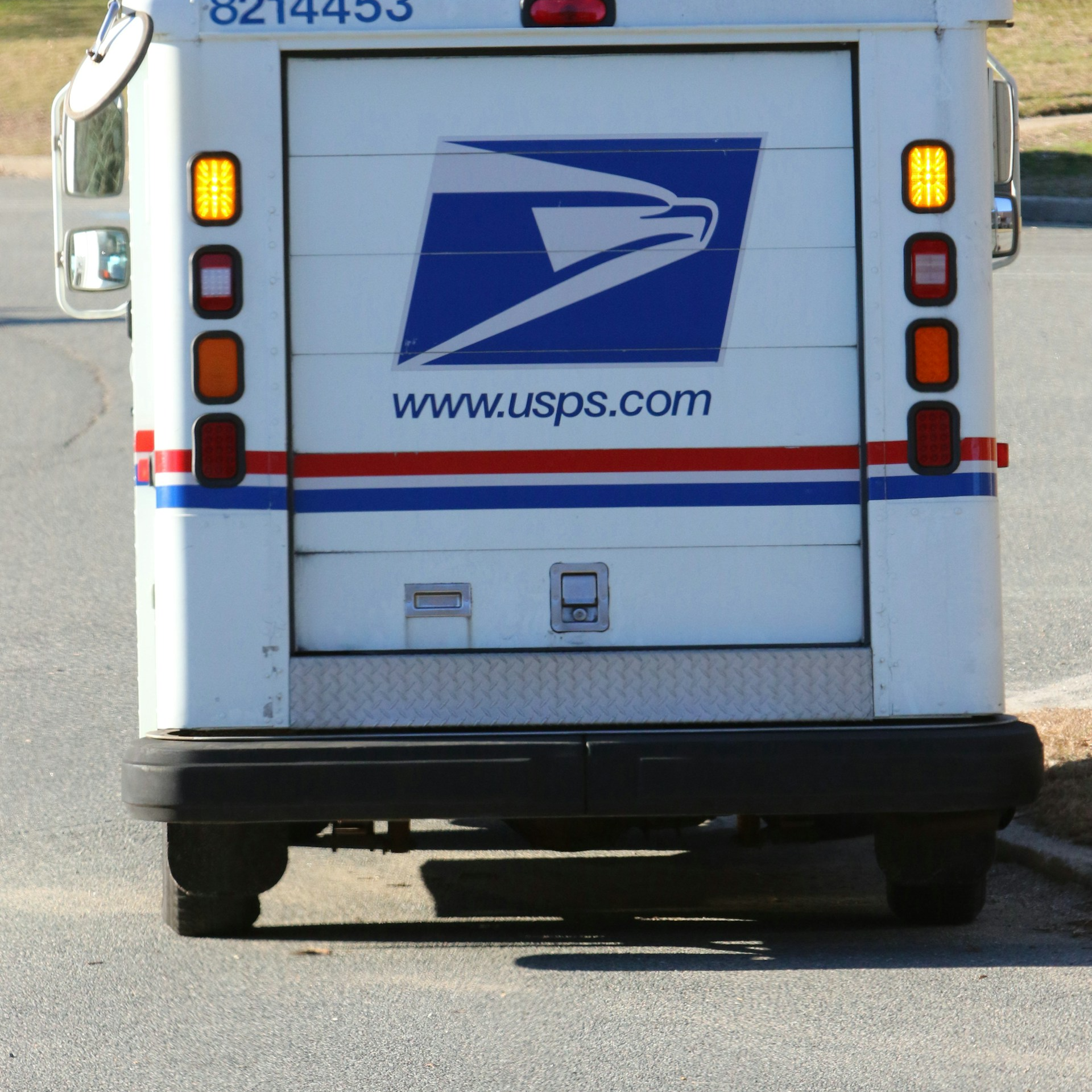Key Takeaways
-
Postal retirees must enroll in the Postal Service Health Benefits (PSHB) program for 2025, replacing FEHB coverage.
-
If you are Medicare-eligible, understanding the integration of Medicare Part B with PSHB can help you avoid disruptions in your healthcare.
The Transition to PSHB: What It Means for You
The transition from the Federal Employees Health Benefits (FEHB) program to the Postal Service Health Benefits (PSHB) program is now in effect. As of January 1, 2025, Postal Service employees, retirees, and eligible family members are covered under the PSHB program. If you’re a Medicare-eligible postal retiree, you might find this change affects your healthcare choices, coverage options, and overall costs. Understanding these updates will ensure you make informed decisions for your health and financial well-being.
Why Did This Change Happen?
The shift to PSHB was designed to streamline health benefits for Postal Service workers and retirees while also addressing cost concerns. The PSHB program is exclusive to Postal Service employees and annuitants, offering tailored plan options to meet your specific needs. If you previously relied on the FEHB, you’ll notice differences in plan structures and integration with Medicare.
Enrollment: What You Need to Know
If you’re already enrolled in FEHB, you were automatically transitioned to a corresponding PSHB plan during the 2024 Open Season, which ran from November 11 to December 13, 2024. However, automatic enrollment might not fully align with your needs. Reviewing your current coverage and understanding your options under PSHB is crucial.
Medicare Part B Requirement
A significant change for Medicare-eligible postal retirees is the requirement to enroll in Medicare Part B to maintain PSHB coverage. Here’s what this means:
-
If you retired on or before January 1, 2025, and were not enrolled in Part B, you’re exempt from this requirement.
-
If you’re turning 65 or newly Medicare-eligible, enrolling in Part B is mandatory to keep your PSHB coverage intact.
-
Failure to enroll in Part B when required could lead to a lapse in your PSHB benefits or higher costs.
Benefits of Coordinating PSHB with Medicare
Combining PSHB with Medicare can enhance your healthcare coverage while reducing out-of-pocket expenses. Many PSHB plans offer additional perks for enrollees who also have Medicare Part B, including:
-
Lower Out-of-Pocket Costs: PSHB plans often waive deductibles and copayments for services covered by Medicare.
-
Part B Premium Reimbursement: Some plans provide partial reimbursement for your Medicare Part B premiums, helping offset costs.
-
Comprehensive Coverage: With both PSHB and Medicare, you’ll have broad access to healthcare services, including preventive care, hospital stays, and prescription drugs.
Navigating Prescription Drug Coverage
Prescription drug coverage for Medicare-eligible retirees is now managed through a Medicare Part D Employer Group Waiver Plan (EGWP). This means:
-
You’re automatically enrolled in a plan through your PSHB coverage.
-
The EGWP coordinates with Medicare Part D to minimize your drug costs.
-
You’ll benefit from the new $2,000 annual out-of-pocket cap on prescription drugs introduced in 2025.
This integration simplifies your prescription drug coverage and can significantly reduce your financial burden.
Understanding the Costs
Healthcare costs can be a significant concern, especially during retirement. Here are key cost factors to keep in mind under PSHB:
-
Premiums: Your PSHB plan premiums are based on your chosen coverage level and the number of family members covered. While costs may differ from FEHB plans, government contributions to premiums remain consistent.
-
Medicare Part B Premiums: For 2025, the standard monthly premium for Medicare Part B is $185, with higher-income individuals paying an adjusted amount.
-
Deductibles and Coinsurance: While PSHB plans may waive some costs for Medicare enrollees, it’s important to understand your plan’s specific terms.
Plan Benefits to Review
When reviewing your PSHB plan, consider the following:
-
Provider Networks: Ensure your preferred doctors and hospitals are included in the network.
-
Supplemental Benefits: Many PSHB plans offer vision, hearing, and dental benefits. Verify if these align with your needs.
-
Out-of-Pocket Limits: PSHB plans feature out-of-pocket caps to protect you from excessive costs, particularly for high-expense years.
Key Deadlines and Enrollment Periods
Staying on top of enrollment periods and deadlines is essential for maintaining uninterrupted coverage:
-
Annual Enrollment Period: Open Season runs from October 15 to December 7, aligning with Medicare’s timeline. Use this period to review and adjust your coverage.
-
Special Enrollment Periods (SEPs): Certain life events, such as moving or losing other coverage, may qualify you for an SEP, allowing changes outside the annual window.
-
Medicare Initial Enrollment Period (IEP): If you’re newly Medicare-eligible, you have a seven-month window (three months before and after your 65th birthday) to enroll in Part B.
Qualifying Life Events and Coverage Changes
Life doesn’t always stick to a schedule, and qualifying life events (QLEs) can impact your PSHB coverage. These events include:
-
Marriage, Divorce, or Death of a Spouse: Update your coverage to reflect changes in family status.
-
Adoption or Birth of a Child: Add new dependents to your plan.
-
Relocation: Check if your PSHB plan’s network includes providers in your new area.
Making timely updates ensures that your coverage remains aligned with your needs.
Avoiding Penalties
Medicare Part B late enrollment penalties can be costly and permanent. If you’re required to enroll in Part B but delay, you’ll face a 10% premium increase for each year you were eligible but did not enroll. To avoid this:
-
Enroll during your IEP or SEP.
-
Stay informed about your eligibility and deadlines.
What Happens If You Don’t Enroll in PSHB?
Failing to transition to PSHB coverage means losing access to your health benefits. This can leave you responsible for all healthcare costs, which may be financially overwhelming. To avoid this:
-
Confirm your enrollment during Open Season or SEPs.
-
Keep records of all correspondence and updates to your coverage.
Tips for Making the Most of Your PSHB Plan
To maximize your benefits under the PSHB program:
-
Review Plan Documents: Understand what’s covered and any exclusions.
-
Coordinate with Medicare: Ensure both programs work together seamlessly.
-
Utilize Preventive Care: Take advantage of covered screenings and check-ups to maintain your health.
-
Stay Organized: Keep track of enrollment dates, premium payments, and healthcare receipts.
Questions to Ask When Choosing a PSHB Plan
Choosing the right PSHB plan involves evaluating your unique needs. Ask yourself:
-
Does the plan cover my preferred healthcare providers and specialists?
-
Are my prescription medications included in the formulary?
-
What additional benefits, such as vision or dental, are offered?
-
How does the plan coordinate with Medicare?
By answering these questions, you’ll be better equipped to select the plan that’s right for you.
Staying Informed About Future Updates
Healthcare programs can change, and staying informed is key to ensuring continued coverage. Here’s how to keep up-to-date:
-
Read Your Annual Notice of Change (ANOC): This document outlines any modifications to your PSHB plan.
-
Attend Information Sessions: USPS and PSHB providers often host webinars or workshops to explain updates.
-
Check Official Resources: Visit the U.S. Office of Personnel Management (OPM) website for the latest information.
Making PSHB Work for Your Retirement Needs
Transitioning to the PSHB program may feel overwhelming, but understanding its benefits and requirements puts you in control. By coordinating with Medicare, reviewing your plan options, and staying proactive about deadlines, you can ensure your healthcare needs are met without unnecessary stress.










